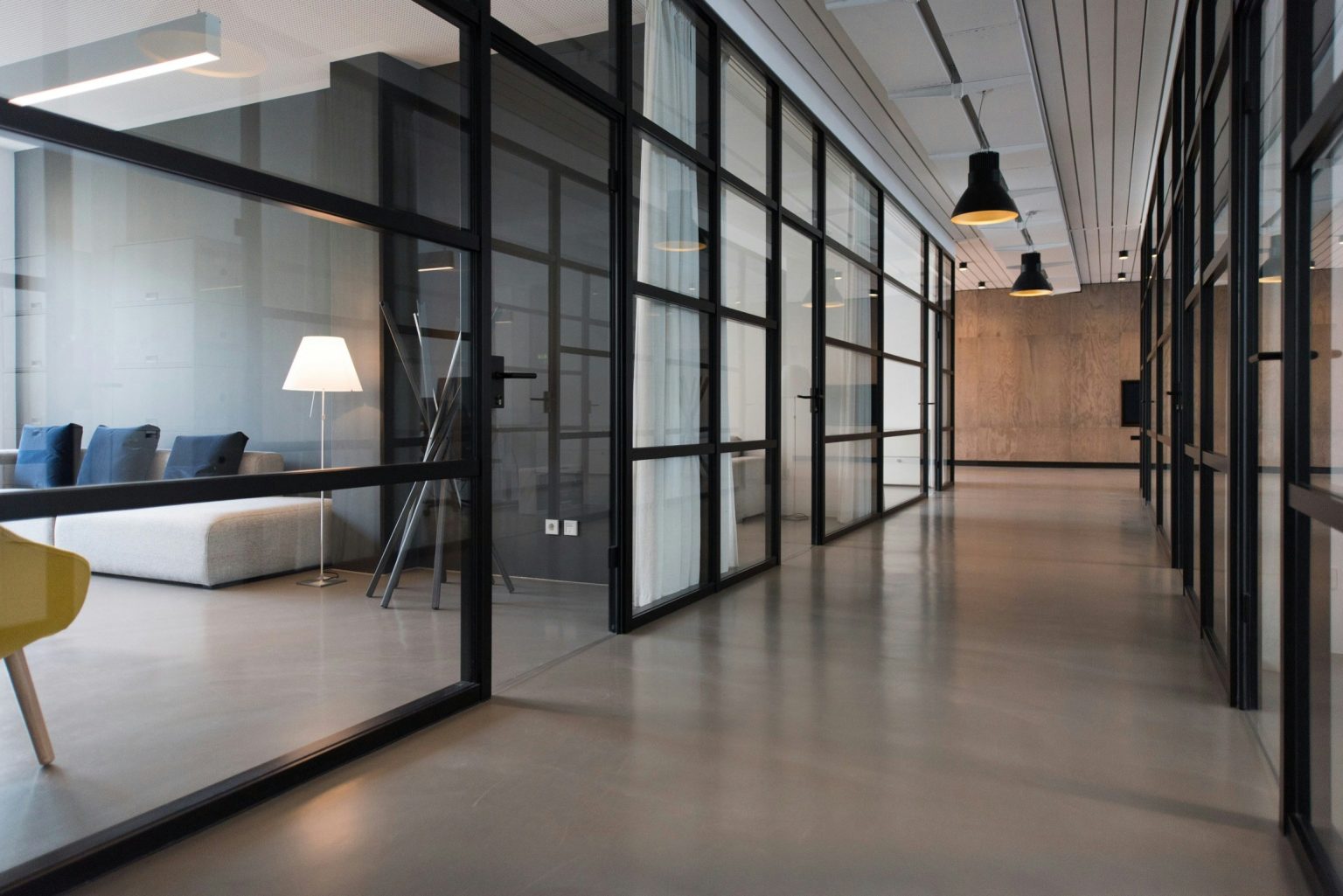Steel structures offer several advantages over other types of buildings. They are robust, versatile, and sustainable solutions that meet various needs. Steel’s exceptional durability, low maintenance requirements, and modern aesthetic appeal ensure a long-lasting solution. Whether for commercial, industrial, or residential purposes, steel structures are reliable choices that stand the test of time.
Let’s look at some of the advantages for building a steel structure.
Exceptional Strength and Durability
Steel’s strength allows it to support large loads and span long distances with minimal support. This makes it ideal for small structures, large buildings, and open spaces. Steel buildings resist weather, pests, and decay, ensuring a long lifespan with minimal maintenance.
The steel used in modern construction is often treated with protective coatings to resist corrosion, even in harsh environments. This extends the structure’s lifespan and reduces frequent repairs. Steel structures can last for many decades, often exceeding the lifespan of buildings made from other materials.
Cost Efficiency
Although initial costs can be higher for steel structures, long-term savings from lower maintenance requirements and extended lifespan often offset these upfront expenses. Steel’s high strength-to-weight ratio provides robust support without requiring a large quantity of material, resulting in lower material costs than traditional building materials like concrete and wood.
Plus, prefabricating steel components in a factory setting allows for precise manufacturing and quick on-site assembly, significantly reducing construction time and labour expenses.
Lower Maintenance Requirements
Steel buildings typically require less frequent maintenance than wood, which suffers from rot, termites, or weathering. Steel’s resilience reduces regular inspections and repairs. Steel structures have finishes designed to withstand environmental stressors and retain their appearance longer, reducing the need for repainting or refinishing.
Steel surfaces are also easier to clean and maintain than other materials. Stains and dirt can be removed more efficiently, keeping the building looking good with minimal effort. Because steel is not prone to common issues like cracking, warping, or splitting, it requires fewer repairs. This can translate into lower long-term maintenance costs.
Safety and Resilience
Steel structures are a reliable choice for many applications. Steel structures are inherently more fire-resistant than other materials. While steel can lose strength at high temperatures, modern designs often include fire-resistant coatings and treatments to enhance safety and prevent structural failure in a fire.
Steel’s flexibility and strength make it more resilient to earthquakes than rigid structures made from concrete or masonry. Steel structures are also less affected by temperature fluctuations, moisture, and other environmental factors, which helps maintain building performance and longevity.
Aesthetic Appeal
Steel’s strength allows for sleek, modern designs with clean lines and open spaces. Architects can use steel to create unique shapes and designs that might not be possible with other materials.
Steel’s versatility means it can be used in various ways, from supporting frameworks to decorative elements, adding to a building’s visual interest. Its ability to be moulded into different forms and finishes also means steel can suit many different architectural styles, making it a popular choice for commercial and residential structures.
Strong Resale Value
Steel structures often boast strong resale value, making them a wise investment whether you are looking for a commercial or residential property. Steel structures are attractive to buyers looking for properties with reduced maintenance costs. This feature can enhance property marketability and resale value.
Many steel structures are designed with energy-efficient features, such as improved insulation and sustainable materials. Energy-efficient properties are more attractive in real estate and command higher resale values.
Steel’s durability reduces future structural problems. Buyers often pay a premium for properties with reduced risk and long-term reliability.
Adaptability to Various Building Uses
Steel suits various building types, including commercial, agricultural, residential, and institutional structures. Steel’s strength allows large open spaces without numerous internal columns or load-bearing walls. This flexibility makes it ideal for commercial spaces, warehouses, and industrial facilities when open floor plans are desired.
Steel structures can be modified or expanded easily compared to traditional materials. This benefits businesses or property owners who anticipate future growth or need to adjust the building’s layout.
Steel buildings can be repurposed for different uses as needs change. For example, an industrial facility can be converted into an office space or retail centre with minimal structural modifications.



